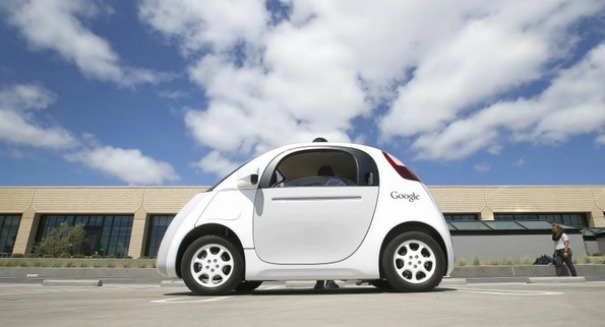
Electric deployed taxis would significantly reduce vehicle emissions and reduce per mile costs.
Life will be imitating art once again in the sciences as driverless taxis will some day be a ubiquitous travel option. According to a Berkley National Laboratory report, the cost savings and per mile fuel emissions would be greatly reduced with electric deployed autonomous vehicles.
The analysis compared greenhouse gas emissions from a driverless taxi in 2030 to a privately owned hybrid vehicle of the same year and concluded that the taxi emitted 62 to 80 percent less harmful effusions, and 90 percent lower than a 2014 gasoline-operated car. The savings would be attributable to “right-sizing” where a particular deployable taxi would accommodate a proportional occupancy.
The results were published by Nature Climate Change in an article titled, “Autonomous taxis could greatly reduce greenhouse gas emissions of U.S. light-duty vehicles,” co-authored by Berkeley Lab scientists Jeffery Greenblatt and Samveg Saxena.
A significant number of automobile manufacturers are currently developing driverless cars, and small one and two seat vehicles are being researched by other companies. Right-sizing pays it forward since “most trips in the U.S. are taken singly, meaning one or two-seat cars would satisfy most trips, Greenblatt said. “That gives us a factor of two savings, since smaller vehicles mean reduced energy use and greenhouse emissions.”
Another contributing factor is a cleaner electric grid expected to be operational as power plants will be using more renewable energy and discharging less pollution.
Despite the emissions savings, electric vehicles in 2030 are still going to be more expensive than owning a gasoline powered vehicle determined at 12,000 miles per year, the average distance traveled in the U.S. for privately owned cars. However, U.S. taxis travel between 40,000 and 70,000 miles per year and if run on an alternative fuel–such as a hydrogen fuel cell or electric battery–taxis were a pocket saver at the per-mile cost of fuel.
Scientists also calculated that if five percent of vehicle sales in 2030 were autonomous electric taxis, 7 million barrels of oil would be scaled down and 2.1 to 2.4 metric tons of fuel emissions would be reduced.